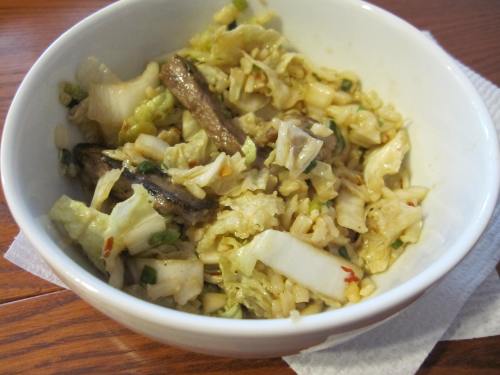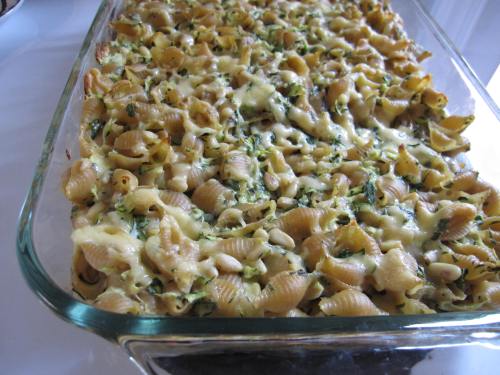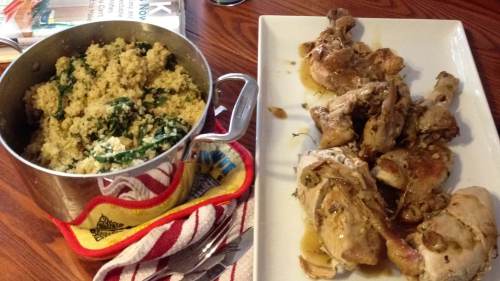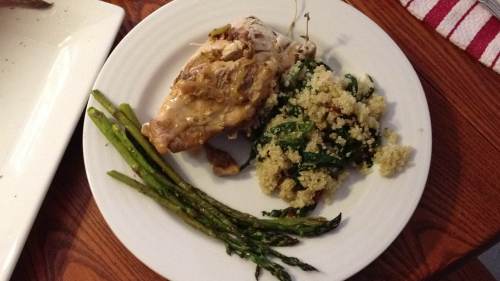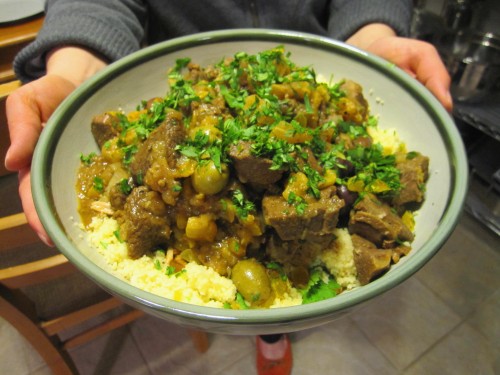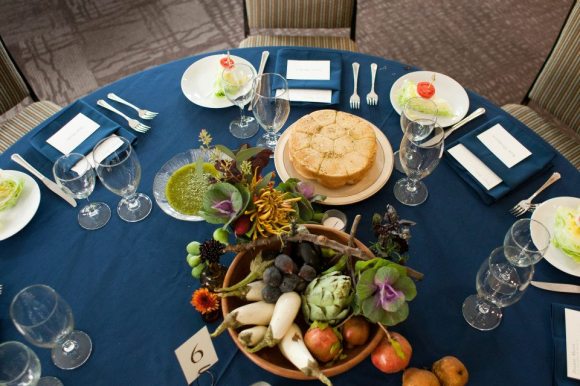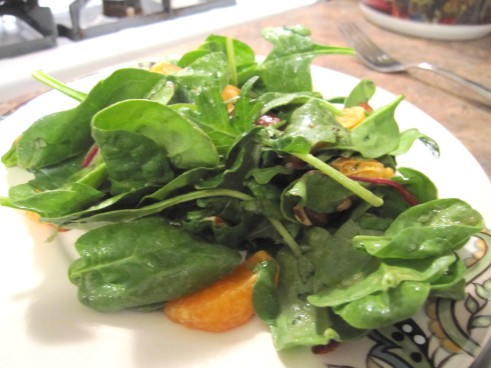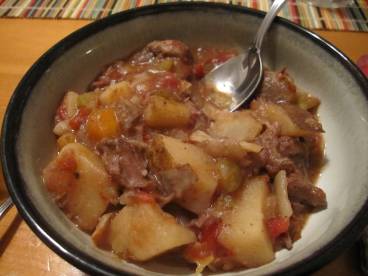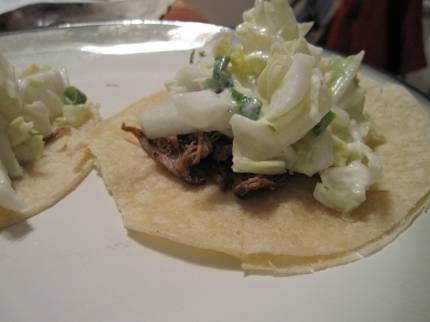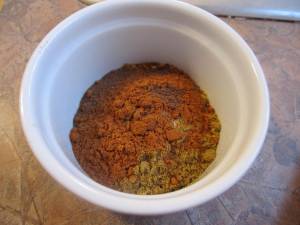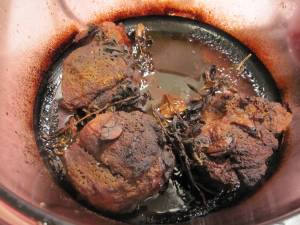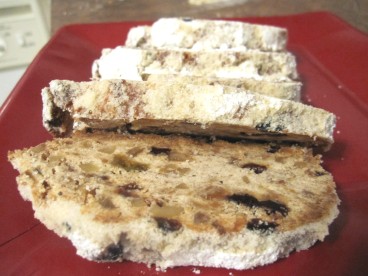In my graduate program, we had a handful of students from Seoul, South Korea who had civil servant backgrounds. I served as a “conversation partner” for one of my classmates and quickly became friends with him and his wife. I don’t recall ever tasting kimchi prior to meeting my Korean friends. I had never been to a Korean restaurant and the fermented cabbage dish was not on my radar until Seongmo and his wife, Bora prepared beef bulgogi and kimchi for me to take home to my family in Iowa over Thanksgiving break. I never got the recipe from Bora, but one taste of the spicy, funky, salty, and pickle-y cabbage and I was hooked. I’m a fan of big, bold flavors and you can’t get much bolder than kimchi.
I’ve not made true kimchi before – though I’m eager to try Edward Lee’s recipe in his recent book, Smoke and Pickles, I have made Mark Bittman’s quick approximation of it. The kimchi for this simple stir-fry can be made the day before, instead of months before, doesn’t require hard-to-find ingredients, and still tastes spicy and salty, if not quite as fermented-funky.
Unfortunately my sous chef doesn’t like kimchi (or pickles or eggs). That’s about all he won’t eat so I’m really not that constrained. I love it though, and we recently received a head of napa cabbage in our CSA, as well as sirloin steak, so I made this dish. Chris suffered through about half of his bowl before rounding out his meal with cheese and crackers. I had my fill of kimchi and rice that week.
So here’s the recipe – I recommend making the rice and kimchi the night before you want to eat this – then for dinner all you have to do is quickly stir-fry the beef, then stir-fry the rice and add the kimchi. Easy and delicious, if you are into spicy, pickle-y things, but I still encourage you to befriend someone who knows how to make real kimchi.
Note for vegetarians: if you aren’t into beef, still make the rice and kimchi stir-fry, and serve with a fried egg.
Kimchi Rice with Beef, from The Food Matters Cookbook by Mark Bittman
serves 4
- 1 small head napa cabbage (about 12 oz), cored and shredded (note my cabbage was closer to 24 oz. I upped the spices a bit and just ended up with a higher kimchi to rice ratio)
- one bunch (6) green onions, chopped
- 2 T. minced garlic
- 1 T. minced ginger
- 1 T. red chile flakes (I used about 3/4 T. in the hopes of lowering the spice for Chris)
- 1 T. sugar
- 2 T. soy sauce
- 3 T. vegetable oil
- 8 oz. beef flank or skirt steak (I used sirloin) very thinly sliced
- 2 c. cooked brown rice
Put the shredded cabbage in a colander and toss it with 2 tablespoons of salt. Let it sit in the sink or over a bowl until it wilts, at least 2 hours. Rinse the cabbage and pat it dry.
Combine the green onions, garlic, ginger, red chile flakes, sugar and soy sauce in a bow or large jar. Toss the spice mixture with the cabbage. Make the kimchi at least a few hours and up to several days before you want to serve it. It will get stronger as it sits.
When the kimchi is ready, put a large, deep skillet over medium-high heat until it begins to smoke. Swirl in 2 tablespoons of vegetable oil and add the beef. Cook about 2 to 3 minutes until it is seared but still pink inside, about 2 to 3 minutes, stirring occasionally. Remove the beef from the skillet and set aside.
Add the remaining 1 tablespoon oil to the skillet. Swirl it around and add the rice, breaking up any clumps and stirring it into the oil. When the rice is added, cook, stirring frequently, until rice is crisp, 3 to 5 minutes. Return beef to pan and add kimchi. Serve hot or at room temperature.
